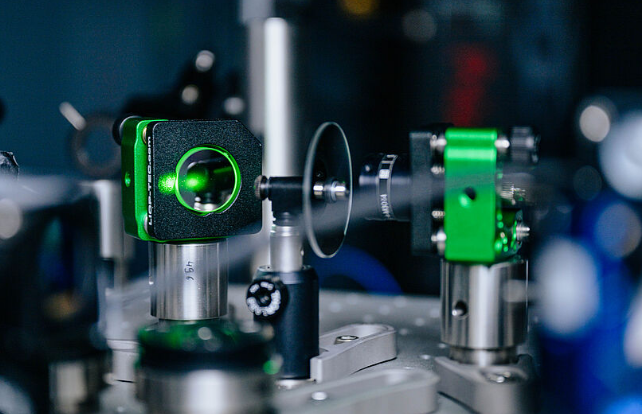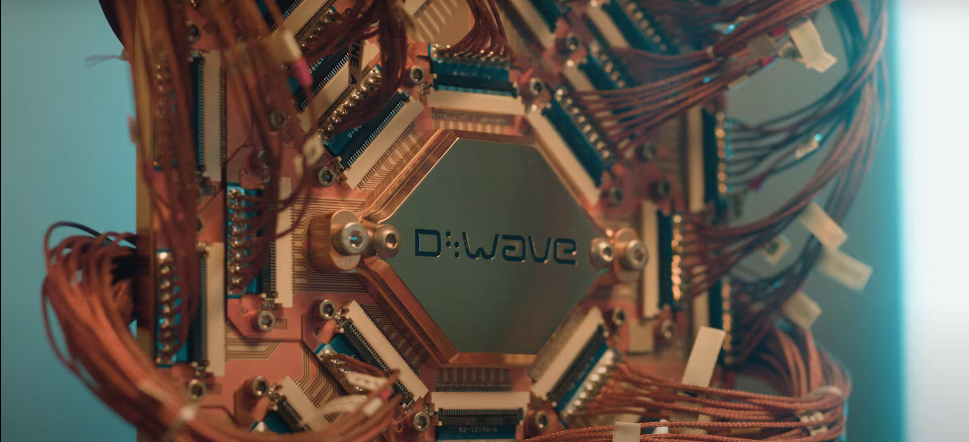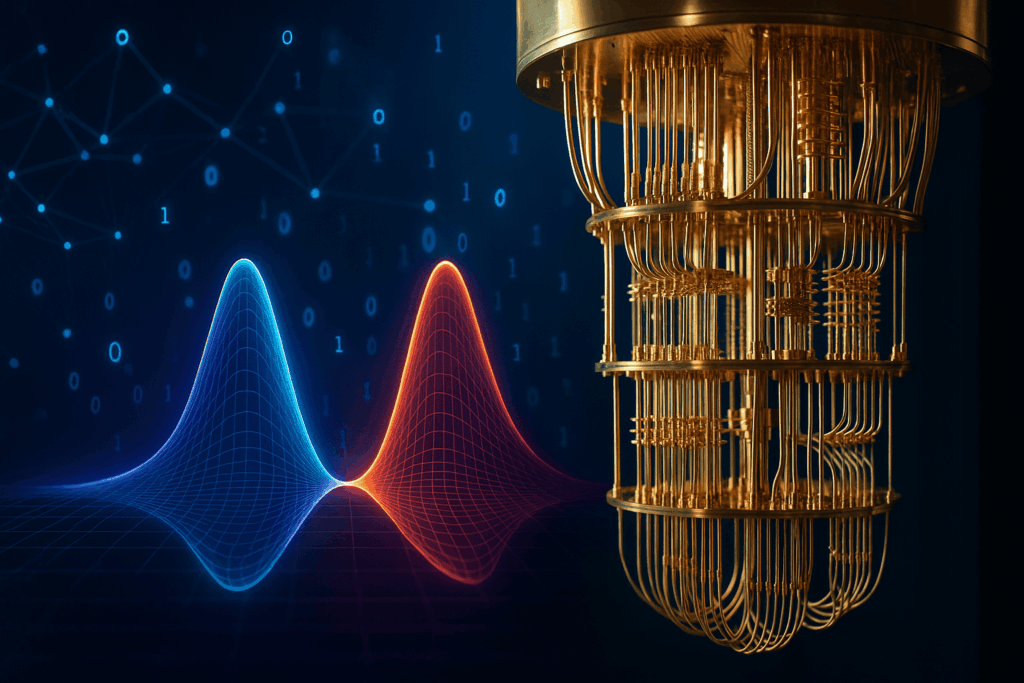Insider Brief
- Researchers have discovered that carefully tuned noise in a secondary system (ancilla) can strengthen entanglement in a primary quantum system, a finding that challenges the conventional view that noise is always harmful.
- When the ancilla’s internal dynamics are fast, noise on the ancilla protects the primary system from decoherence, boosting entanglement in a counterintuitive way.
- The findings suggest a new strategy for protecting quantum information, potentially reducing the complexity and resource requirements of current error correction methods.
While “noise” tends to be a five-letter dirty word for quantum engineers and scientists, in a surprising twist, researchers report they have discovered that certain types of noise can actually enhance quantum entanglement.
The findings, published in Physical Review B and arXiv, challenge the conventional view that noise is always detrimental to quantum systems. Instead, the study reveals that carefully tuned noise in a secondary system, called an ancilla, can strengthen entanglement in a primary system, offering new strategies for protecting quantum information.
Quantum entanglement, often described as a “spooky connection” between particles, allows the correlation of particles, even across vast distances. This property is essential for quantum technologies, but it is notoriously fragile, easily disrupted by environmental noise — and expensive to mitigate.

The new research suggests that noise, when applied strategically, could become a tool rather than a hindrance.
Coupled Chains
The study focused on a model of two coupled chains of particles, known as fermions. One chain, the “system,” represented the primary quantum system of interest, while the other, the “ancilla,” as it name suggests, acted as a secondary system subject to its own noise. By varying the intensity of noise applied to the ancilla and the strength of interactions between the two chains, the researchers observed a counterintuitive effect: stronger noise on the ancilla could significantly boost entanglement within the system.
This effect was most pronounced when the ancilla’s internal dynamics were fast, meaning particles within the ancilla moved and interacted rapidly. When this happened, the noise on the ancilla acted as a kind of “anti-noise,” protecting the system from its own noise and enhancing entanglement.
The researchers confirmed this phenomenon through extensive numerical simulations, which showed the effect to be robust across different system sizes and noise parameters.
Combatting Noise
While it’s still early for this research, the findings could one day play a role in the development of quantum computing and communication, where maintaining entanglement is a major challenge. Current strategies to combat noise, such as quantum error correction, require complex protocols and large numbers of particles.
The new study suggests a simpler alternative: using a secondary system with carefully controlled noise to shield the primary system from decoherence. However, teams would have to investigate whether the new technique doesn’t introduce other challenges.
Methods and Mechanisms
The researchers used a model of free fermions, a type of particle that does not interact with others of its kind, to simulate the behavior of the two coupled chains. They introduced noise by randomly measuring the particles in both chains, mimicking the disruptive effects of environmental interference. By tracking the entanglement between particles in the system chain, they found that noise on the ancilla could either suppress or enhance entanglement, depending on the ancilla’s internal dynamics.
The key mechanism behind this effect is the — wonderfully named — “monogamy of entanglement,” according to the researchers, a principle that limits how much entanglement can be shared among multiple particles. When the ancilla’s dynamics are fast, most of the entanglement is concentrated within the ancilla itself. Introducing noise disrupts this concentration, freeing up entanglement to spread to the system chain. Additionally, the fast dynamics of the ancilla create memory effects, causing the system to experience noise that is correlated over time rather than random. This non-Markovian noise can counteract the disruptive effects of the system’s own noise, further enhancing entanglement.
Limitations and Future Directions
While the results are promising, the study has limitations. The model used is highly simplified, and real-world quantum systems are far more complex. Researchers would need to account fo interactions between particles, which could alter the dynamics of entanglement. Future work will need to explore whether the noise-enhancement effect persists in more realistic systems.
Another open question is whether the ancilla can be made smaller while still producing the same protective effect. A smaller ancilla would be easier to implement in practical quantum devices but might lack the necessary complexity to generate the required memory effects.
As always, researchers would need to look at the scalability of the process so that it could work in practical situations and for real-world computational tasks, in the case of quantum computing.
The papers offer a more complete and technical understanding of the research than this summary article can provide. You can access the most recent paper here. The pre-print arXiv story — available here — was used for this article.
Researchers include Cristiano Muzzi, SISSA — International School of Advanced Studies and INFN, Sezione di Trieste; Mikheil Tsitsishvili, The Abdus Salam International Centre for Theoretical Physics (ICTP), SISSA — International School of Advanced Studies, and Heinrich-Heine-Universität Düsseldorf; and Giuliano Chiriacò, Università di Catania and INFN, Sezione di Catania.


















